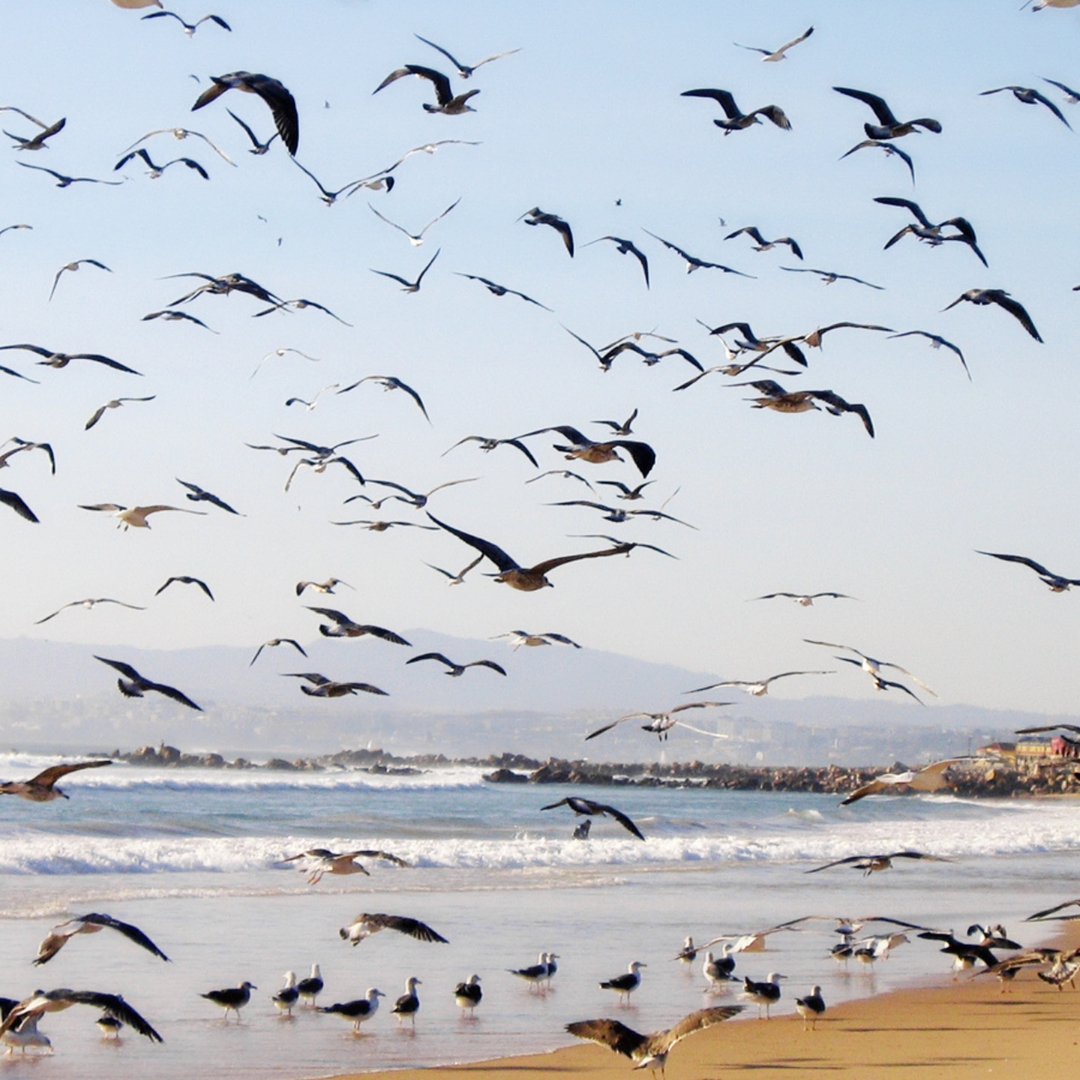Costa da Caparica is one of the most magical coastal regions you will ever visit during your travels. Being only a few kilometres south of Lisbon, this 26 km long beach named after its largest town is truly a sight to see. With natural reserves spanning most areas protecting the unique cliffs, tourists resorts, small fishing communities, and excellent surfing spots, Costa da Caparica is a one-of-a-kind region. It’s no wonder then that so many people move here.
And with luck, you can be next.
But moving somewhere, even if it is just into a mid-term rental for a few months living in Costa da Caparica, needs careful planning and that, in turn, needs information. And while we can’t make you decide to go anywhere, we can give you all the necessary information that should help you see if Costa da Caparica is the right place for your borderless experience of Europe.
Weather in Costa da Caparica
The weather conditions in the whole region of Costa da Caparica are hot but still hospitable. The warmest months are from June to September, with maximum temperatures crawling up to almost 30 °C, while the coldest months are between December and February. Their temperatures don’t go lower than 8 °C. This makes the whole region very warm and never freezing.
Throughout the warmest months, you will easily get over ten hours of sunshine every day, while the colder months (as well as October and November) are usually wetter and murkier. Most sites recommend visiting Costa da Caparica during April or May as it is not too warm just yet, but it is no longer wet and cold. The added advantage of visiting in spring is that you will most likely avoid large summer crowds.
Cost of living in Costa da Caparica
Let’s start with the prices of accommodation. The rent in Almada (a city right next to Costa da Caparica) for a small one-bedroom apartment outside of the city centre begins as low as €350 and averages at about €450 while a three-bedroom apartment in the city centre averages at about €870. This is almost half of the rent in Lisbon. And considering that Almada is only about 12 kilometres below Lisbon, that’s a considerable price difference. You can be in Lisbon in less than 20 minutes by car with half the rent.
Food is also cheaper, but the price difference is not as drastic.
A meal in an inexpensive restaurant is about €8, while a three-course dinner for two is roughly €30. This is approximately 10% cheaper than in Lisbon. However, groceries like a litre of milk, a kilo of potatoes cost about €0,5, roughly 25% cheaper than in Lisbon. These small price differences in groceries don’t seem like much, after all, the difference is only a couple of cents, but if you stay for longer than a few months, it will add up.
What is pretty much the same price is transportation.
A one-way ticket for public transport is €1,80, and a monthly pass is €40, precisely the same as in the capital. A litre of gas is roughly €1,50, and a standard taxi tariff begins at about €3,20. Overall, it is the most expensive part of living in the region. However, get farther away from the capital, and you might find these prices climbing down as well.
Costa da Caparica for digital nomads
While there aren’t that many opportunities for digital nomads, there is one that is worth mentioning. The Caparica Community is a digital nomad community that strives to connect people, giving them home and spaces to work. They organize various events, parties, yoga and sports courses, and they even help with work-life balance through talks. They also offer coworking and coliving spaces which include a spa and a golf course. It is truly the place in Costa da Caparica to network, find friends, and explore the digital nomad community.
What can you do in Costa da Caparica
Since Costa da Caparica is 26 kilometres of beaches, swimming, tanning, and walking along the shore are given. There are some truly stunning views, especially in the southern part of the region, as fewer people bother to travel so far from the northern towns. The beaches are also highly sought-after surfing destinations, with countless people travelling to enjoy the waves.
There is also the town of Costa da Caparica itself, which is often visited by Portuguese people who own flats here or who travelled from Lisbon for a day trip.
The city is best suited for relaxation or nightlife with friends rather than sightseeing because it has only been built recently and has very few sights to see. That said, it is still one of the most comfortable places you will visit.
Another place to explore, this time for its specific culture, is Fonte da Telha. This small town has a proud fishing heritage and is the perfect embodiment of the word “picturesque”. Being about halfway down the region, it is not as crowded, and so you can enjoy the much calmer beaches or join people flying their kites.
There are also popular hiking trails coming from and to this lovely town.
Overall, the main draw of Costa da Caparica is the beaches and the nightlife, with an occasional place worth visiting along the coastline. But because it is situated in the bottom half of Portugal, it is the perfect place for making trips out of the region to Évora, the natural reservation of Estuário does Sado or Sintra. Go on,
Flatio, find a mid-term rental and explore Costa da Caparica today.
A few months living
Take a look at available apartments
